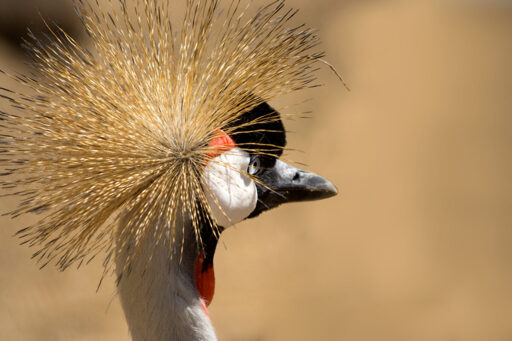When Abebayehu Aticho first visited the flat terrains and floodplains in the Gambella region for his Ph.D. research in 2014, he was captivated by the rich biodiversity and bird varieties that inhabited the region. Tucked in western Ethiopia, bordering South Sudan, the Gambella region is home to various bird species like the colorful kingfisher that locals trail to find fish and the black-crowned crane whose calls signal seasonal changes. For the traditional pastoralist Nuer people, who seasonally migrate within Ethiopia’s plains and Africa’s largest wetland in South Sudan, the Sudd, these birds are gaatkuoth, “sacred children of God.” In a recent study co-authored by Aticho and published in People and Nature, researchers dived deep into this human-bird interaction in western Ethiopia and explored the cultural and spiritual connection between the birds and the tribe. They identified 71 culturally important bird species that the community utilizes in several ways, including in traditional medicine, indication of fish abundance for fishers and of coming seasons, and bushmeat. They also use them to make amulets for protection against danger and as omens and messages, besides appreciating their scenic beauty. “The connection between these birds and people is not just spiritual. The Nuer people depend on them to forecast weather and follow birds to find fish stocks and species in the wetlands,” says Aticho. Birds in wetlands, Gambella, Ethiopia. Image courtesy of Abebayehu Aticho. According to the locals, certain species are seen as messengers bringing them blessings, omens or bad luck. They commonly name children,…This article was originally published on Mongabay
From Conservation news via this RSS feed


